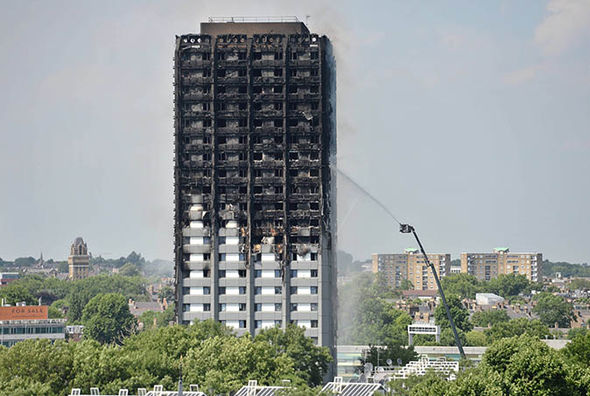
Built to burn: Thousands of buildings worldwide are wrapped in combustible panels
[fa icon="calendar'] Jan 4, 2018 11:00:00 AM / by Clark Griffith, AIA
A high school in Alaska, a National Football League stadium, a Baltimore high-rise hotel and a Dallas airport terminal are among thousands of structures world-wide covered in combustible-core panels similar to those that burned in June's deadly London fire.
Read More [fa icon="long-arrow-right"]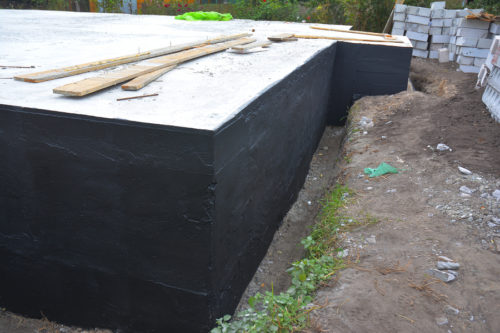
Waterproofing: From Roof to Foundation
[fa icon="calendar'] Dec 18, 2017 10:00:00 AM / by Mark McGivern, CSI, Aff. M. ASCE
Severe weather can cause extensive damage to a building’s roof, foundation, and interiors. If there is a breach in a structure's envelope, water is likely to find its way into the building. This is why it is critical to make a structure water resistant from top to bottom.
Read More [fa icon="long-arrow-right"]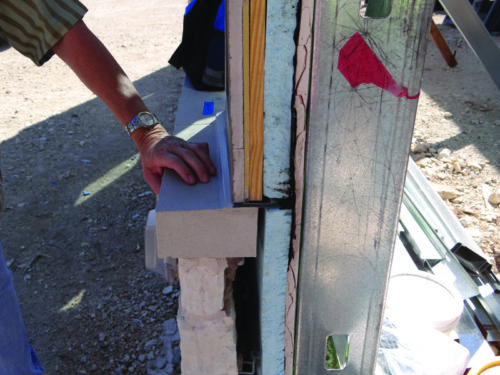
Every layer matters. A holistic approach to quality control can be useful.
[fa icon="calendar'] Dec 7, 2017 10:00:00 AM / by Mark McGivern, CSI, Aff. M. ASCE
Whose fault was it? This is a frequently asked question when an exterior wall leaks, rots, or falls down. During a construction failure investigation, contractors often highlight the defects of other trades that affected their work. Defects include those that were documented during construction but not corrected. This may be due to timing and scheduling constraints.
Often the findings from building failures are then used going forward as best practices for new construction. However, those learned best practices should not be the only guideline. Critical areas that need to be addressed include the points of intersection, as many times there are multiple layers of building materials which are put in place by various subcontractors. This step is known as a pre-covering inspection. A pre-covering inspection of each layer at each wall area would be ideal, so problems at each layer do not accumulate, influence other layers, or get concealed.
The following article looks at examples of pre-covering inspection criteria to illustrate the influence each layer may have. Continue reading….
Read More [fa icon="long-arrow-right"]
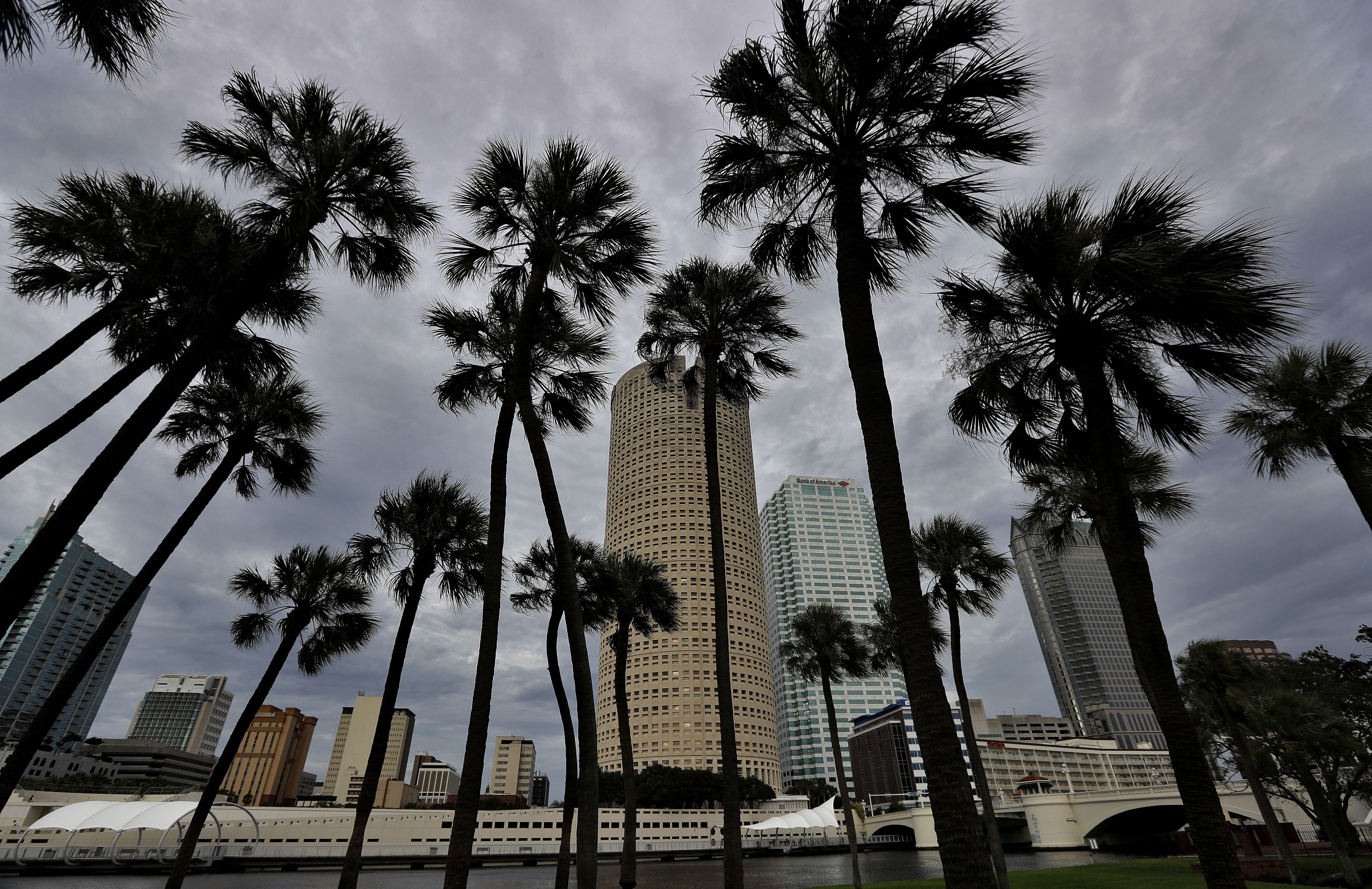
Stricter Building Codes Saved Florida’s Commercial Buildings from Irma’s Wrath
[fa icon="calendar'] Nov 28, 2017 10:00:00 AM / by Mark McGivern, CSI, Aff. M. ASCE
Hurricane Irma bore down hard on single-family homes, severely damaging many. At the end of September residential insurance claims had been cited around a half-million. The story, however is quite different for commercial and industrial buildings where insurance claims had been cited around 25,000.
This is mainly due to the stricter building codes that were put in place following the wrath of Hurricane Andrew in 1992. “Designed to withstand a Category 5 hurricane with winds of 175 mph, the Florida building code is the accepted benchmark for hurricane protection nationally.”
“Florida significantly strengthened its defenses after hits from past major hurricanes, and those improvements were instrumental in helping the state weather this potentially devastating storm,” Levy notes. “As a result, damage to Florida commercial real estate is relatively minor outside of the Keys.”
Read More [fa icon="long-arrow-right"]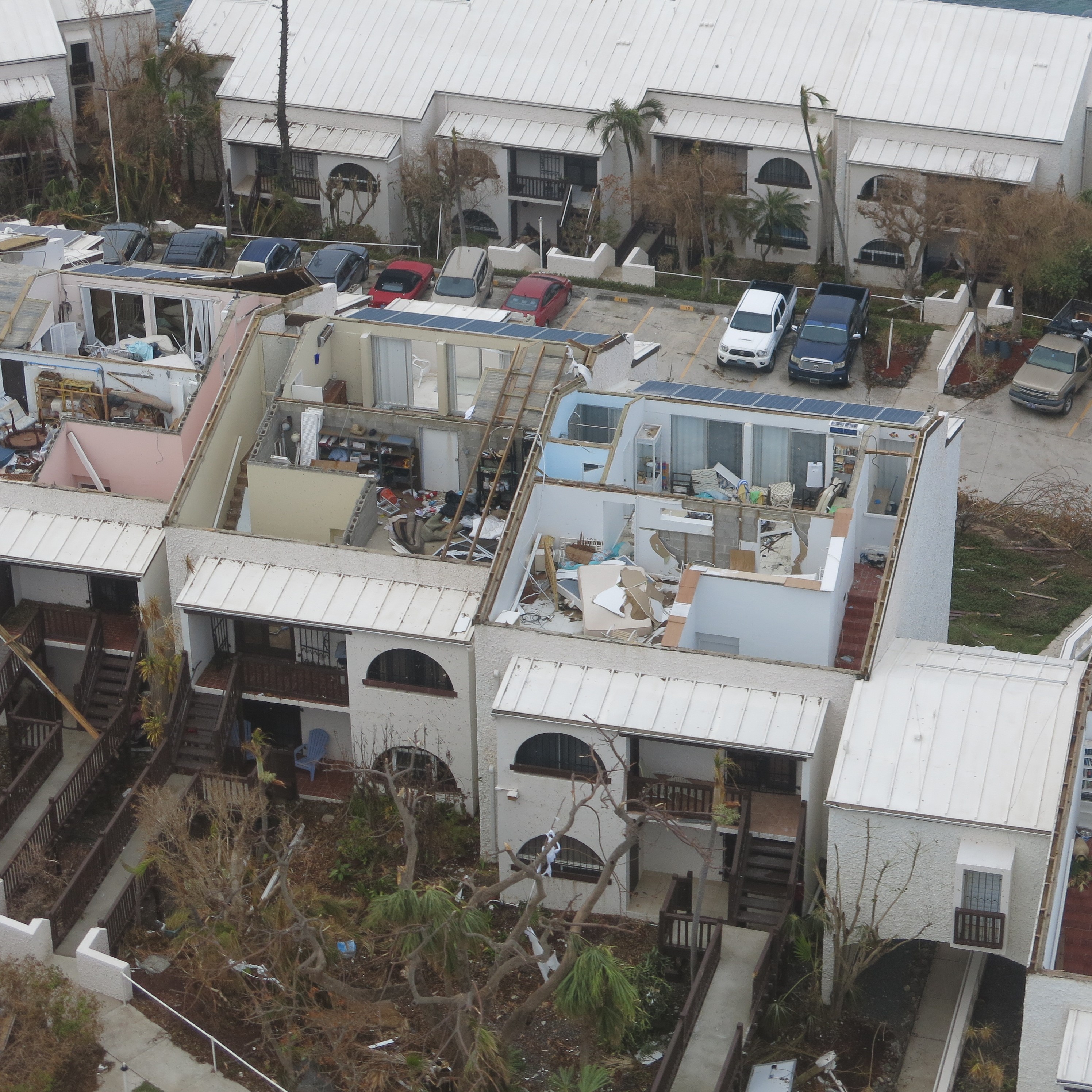
Hurricane Ties - Keeping the Lid On
[fa icon="calendar'] Nov 21, 2017 10:00:00 AM / by Kenneth R Quigley, PE
With the 2017 hurricane season coming to an end Harvey, Irma, Jose, and Maria affected large parts of the USA and Caribbean. Examples of roof uplift can be found in numerous structures. If a roof is not properly tied down the entire roof structure can be blown away as in this photograph from St. Thomas.
When hurricanes or high winds strike buildings the roofs can be sucked upward in the same manner as an airplane wing. In extreme cases the entire roof structure can get sucked off the building. Newer, hurricane-resistant structures incorporate hurricane ties - metal straps which attach the roof securely to the main part of the house below. Parts of the house are also tied together all of the way down to the foundation providing a path for the roof uplift forces all the way to the foundation. Without these ties, strong winds will make quick work of a roof.
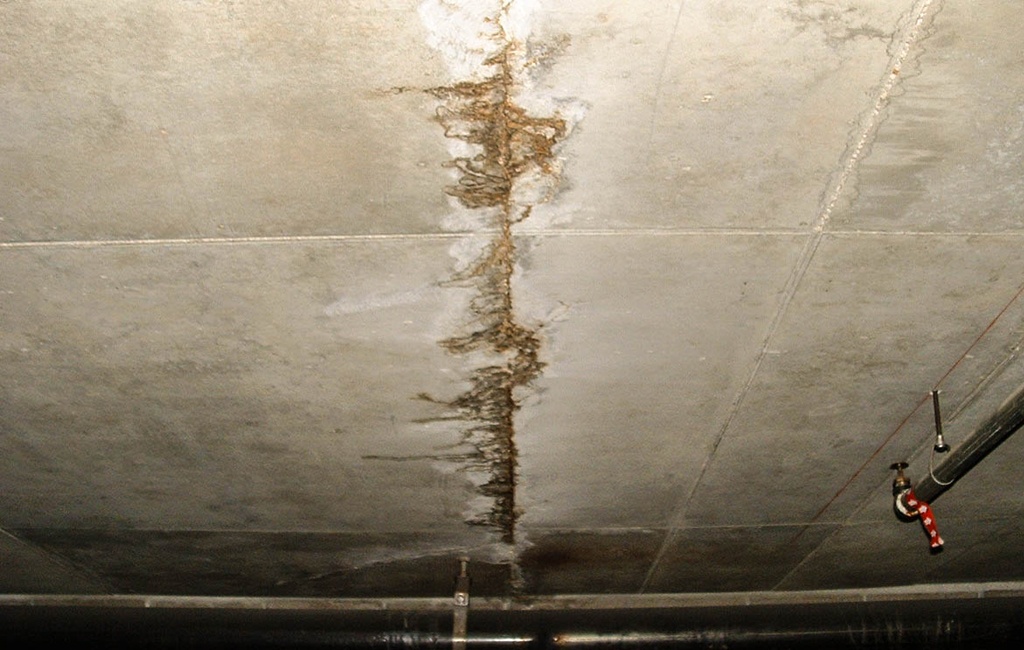
Water Damage During Construction
[fa icon="calendar'] Oct 11, 2017 3:55:00 PM / by Robert Pfeifer, AIA
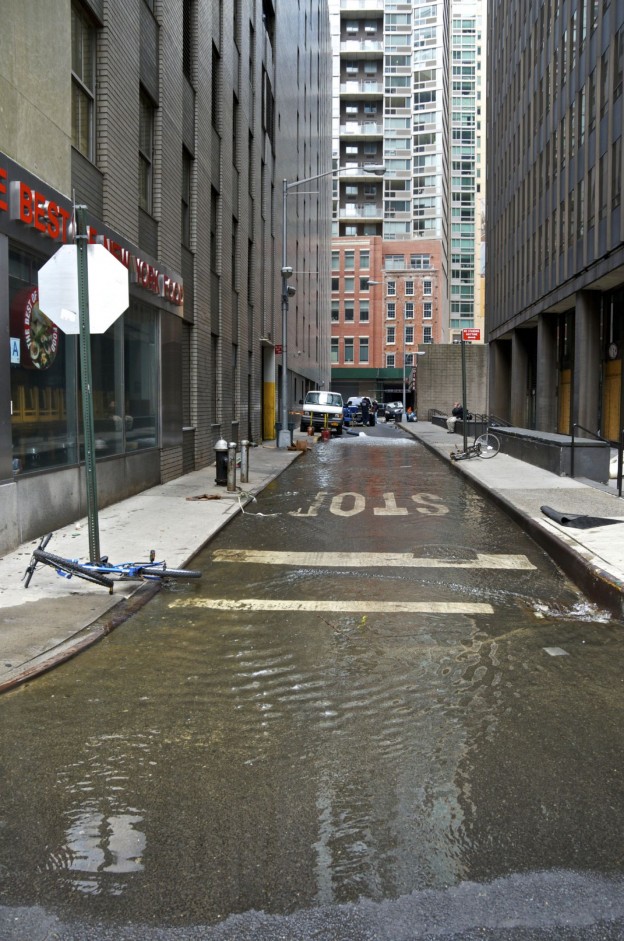
Protecting Infrastructures from Major Floods
[fa icon="calendar'] Sep 14, 2017 4:00:00 PM / by Kenneth R Quigley, PE
Flooding has dominated much of the news in recent years and this hurricane season it seems to be even more prevalent. The impact of this flooding is greater due to growing infrastructure and the rapid rate that new construction is going up.
Concrete is the modern world’s most commonly used building material however century-old concrete structures are outlasting modern concrete structures erected in the last 50-years. Why? One factor is the way in which the buildings are reinforced. According to a recent article in The Construction Specifier, instead of using solid stone, most U.S. infrastructure is constructed of reinforcing steel embedded within poured concrete. As the priorities of construction methods shift to increase productivity and streamline scheduling, long-term durability often takes a backseat.
The following article provides case studies about different reinforcement methods being employed to protect against major flooding. Read more.
Read More [fa icon="long-arrow-right"]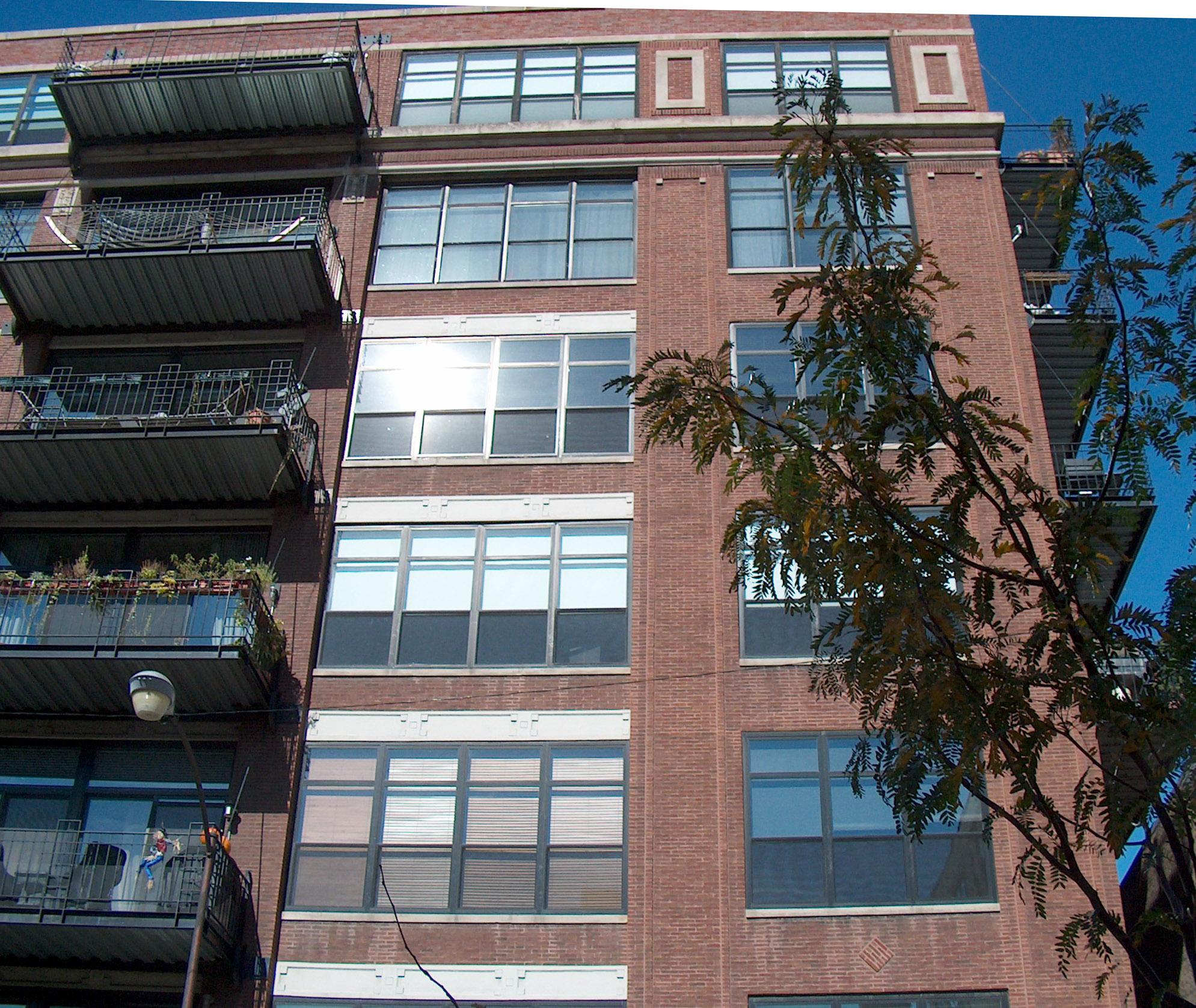
California passes new laws following Berkeley tragedy
[fa icon="calendar'] Sep 20, 2016 8:22:00 AM / by Adrienne K. Paskind, AIA
Berkeley took center stage in June 2015 when six students died tragically and another seven were injured after a balcony on which they were standing on collapsed.
As a result, the California Senate has passed a new law for the construction industry traced back to Berkeley balcony collapse. The bill was passed after a unanimous vote or 37-0 and is intended to close those accountability gaps by bringing stricter oversight to the construction industry.
Read More [fa icon="long-arrow-right"]
Ice Arena Improvements
[fa icon="calendar'] Jan 20, 2016 4:47:06 PM / by Adrienne K. Paskind, AIA
Over time, all buildings will exhibit wearing of components requiring assessment for replacement and/or upgrading. As ice arenas start to age, there are a number of improvements that ice facility managers can schedule for their buildings. From new roofs to window glazing replacement, renovation of entries, bathrooms, and lobbies for accessibility compliance, these updates will not only improve the users’ building experience, but will also save on operating costs by creating more energy efficient spaces. There are many benefits of upgrading and maintaining a well managed rink facility. These upgrades increase opportunities for hosting school team sports or local community sports at large. Well maintained ice arenas contribute to the well being of participants as well as observers.
Read More [fa icon="long-arrow-right"]College students study sustainable architecture overseas
[fa icon="calendar'] Nov 12, 2015 11:48:42 AM / by Clark Griffith, AIA
In the current landscape, sustainability and green architecture and building are key. Just as important is learning from others across the globe who are facing similar challenges to those we have in the United States.
Reported by The Argonaut, University of Idaho College of Art and Architecture students went overseas to study sustainable architecture in Scotland, Glasgow, Wales and London, learning about how to integrate sustainable living practices with architectural design.
Read More [fa icon="long-arrow-right"]
